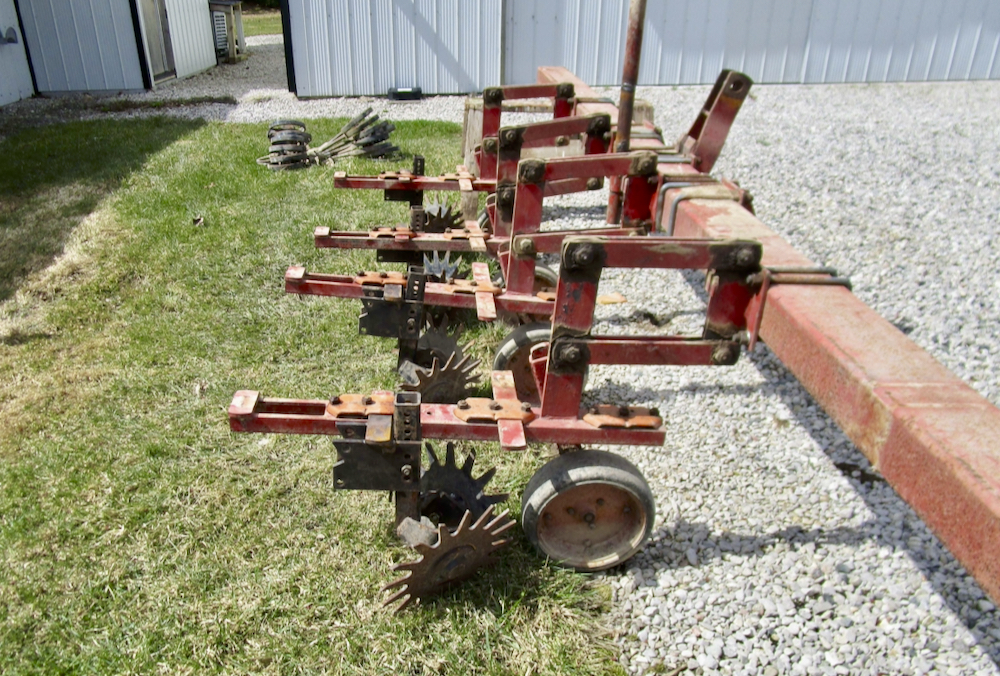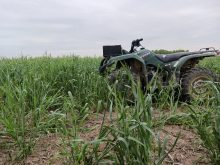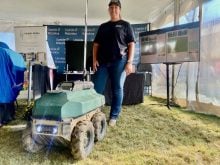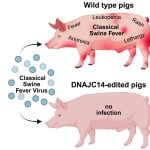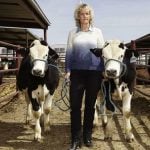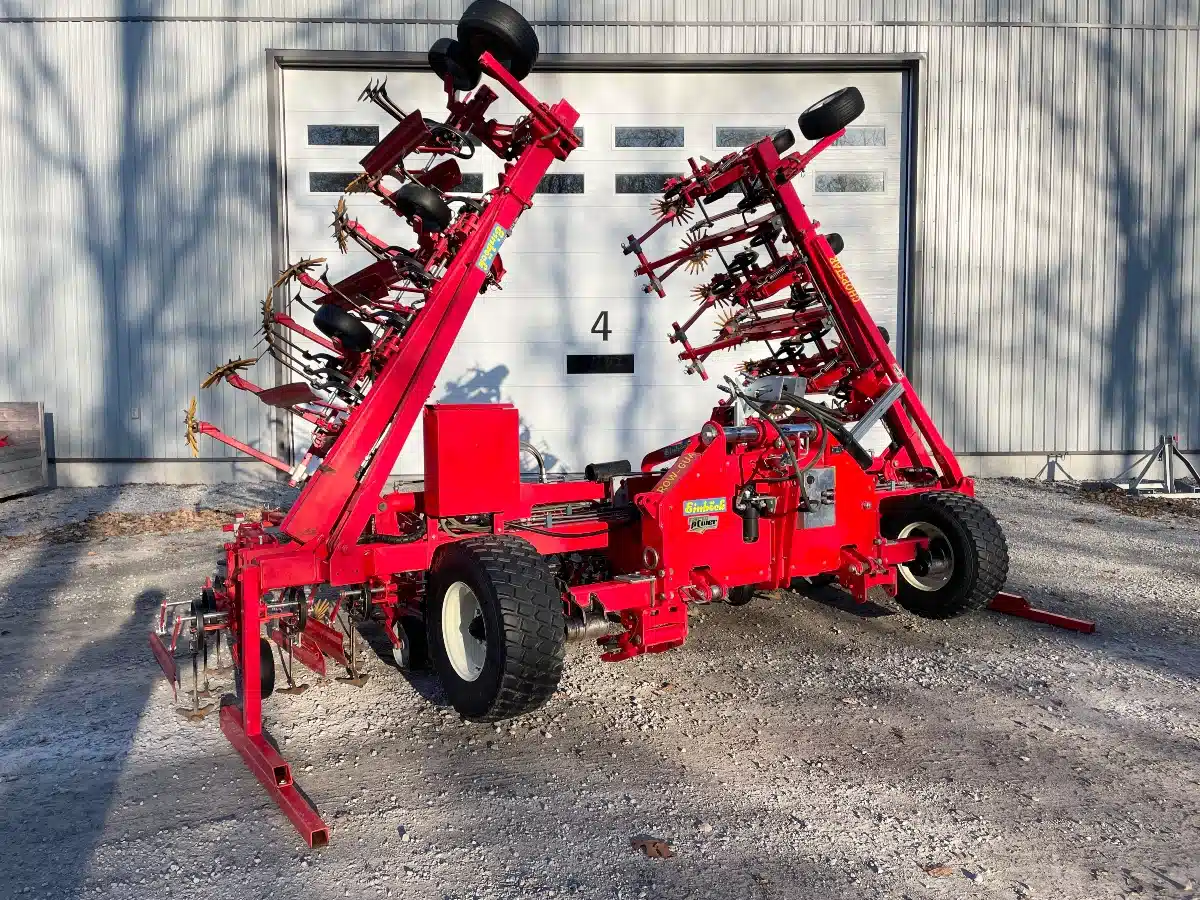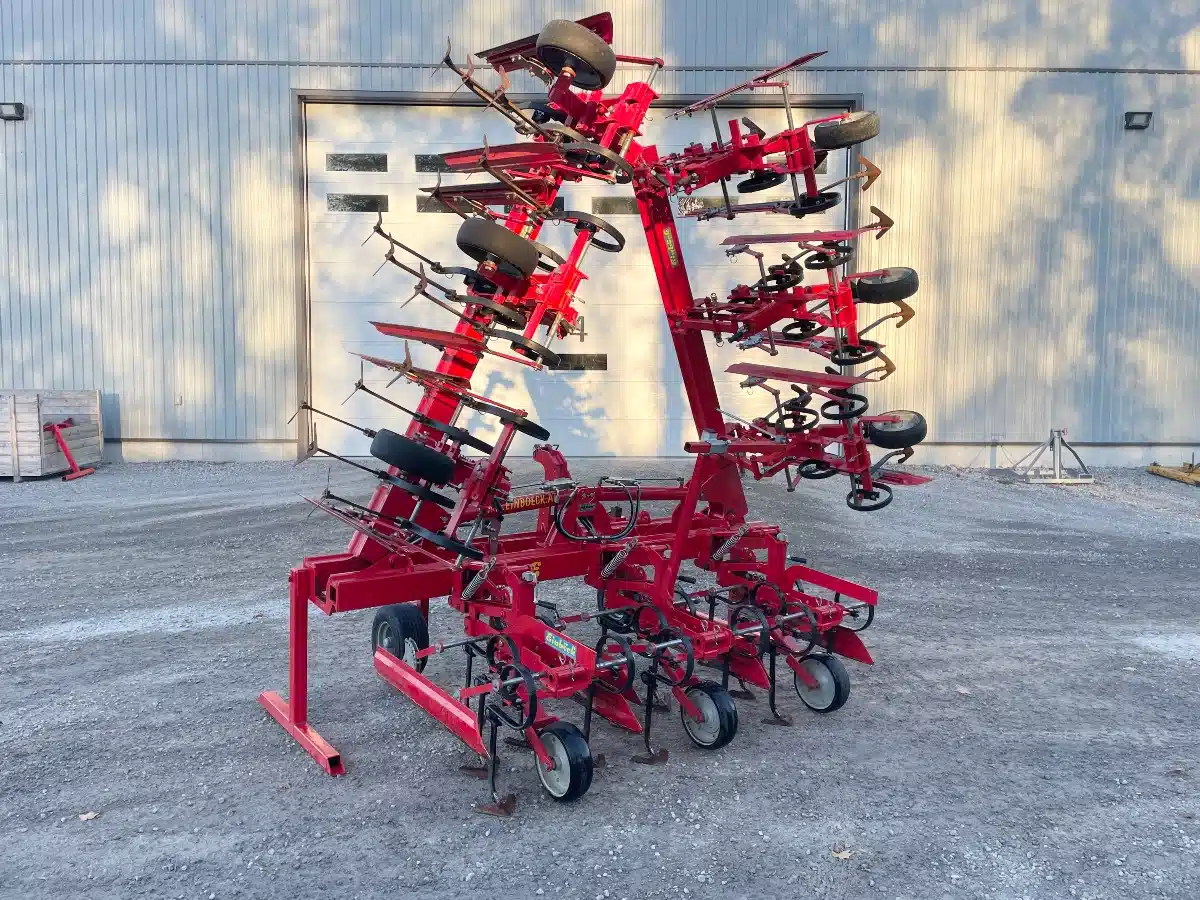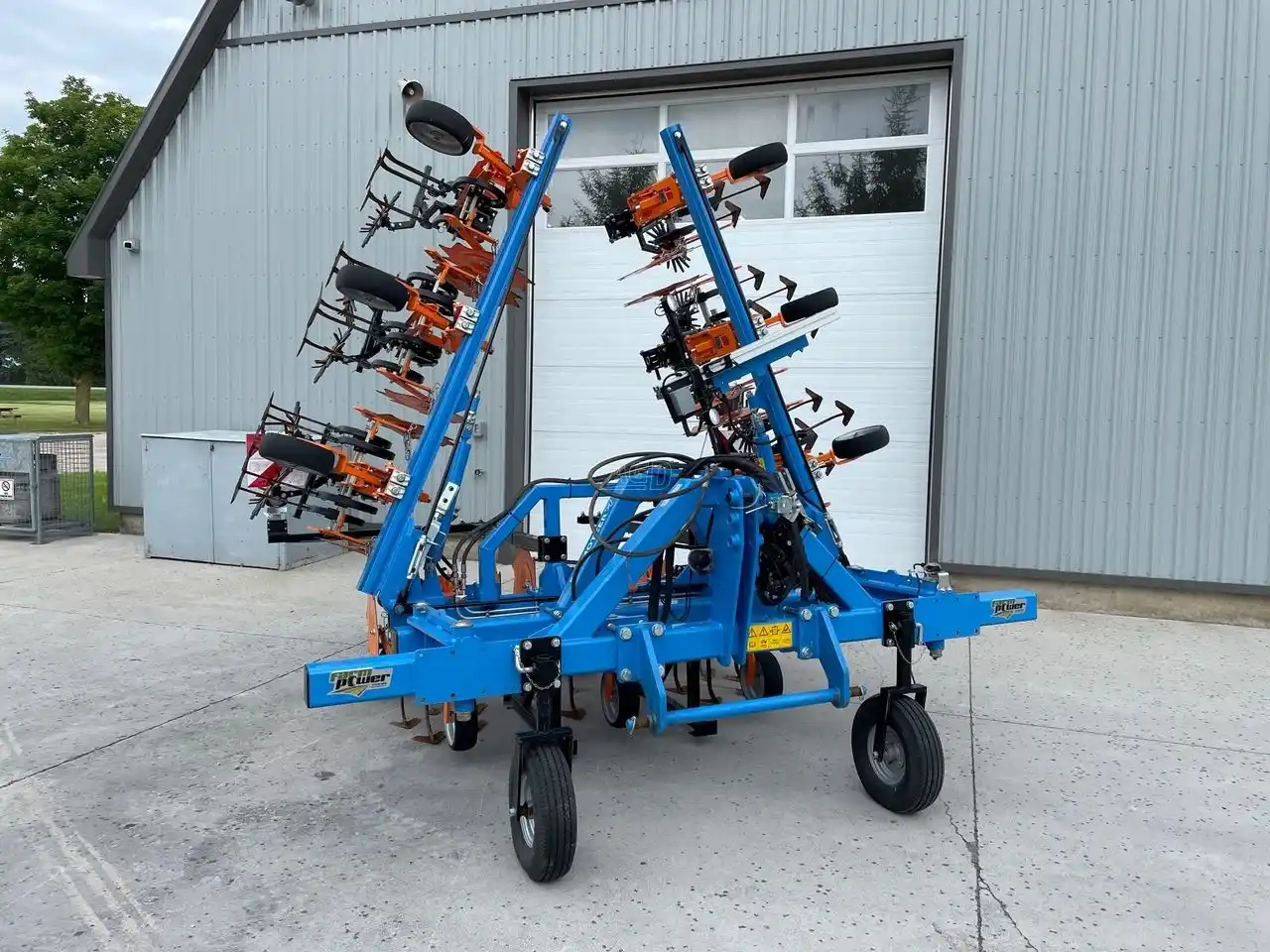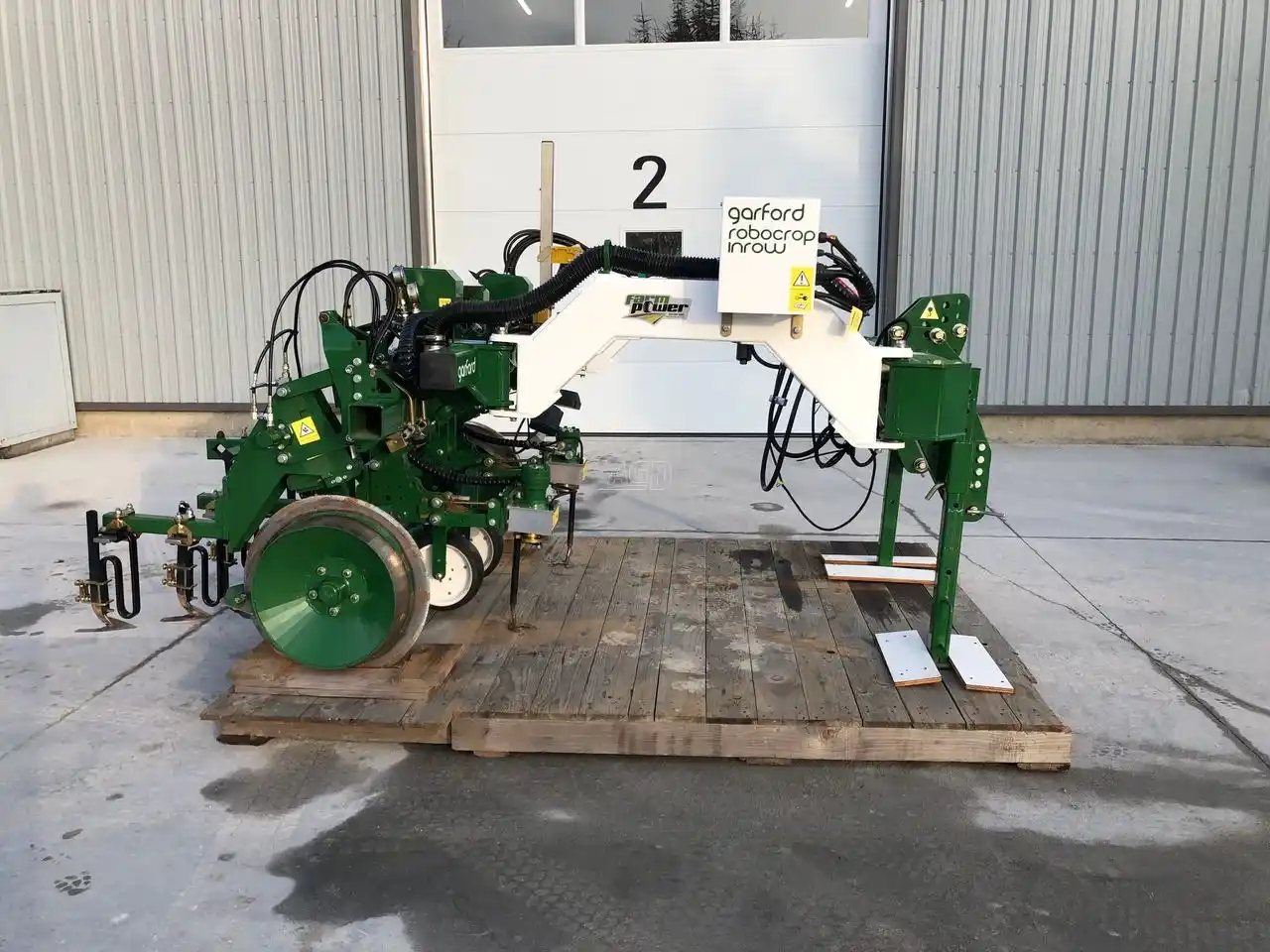Nick Stokman and Ian McDonald have more than 80 years of combined experience in farming, research and extension. Yet they’re relative newcomers to the practice of biostrip tilling, a means of replacing tillage implements with plants.
It’s a complex regimen requiring constant adjustments and monitoring, but it definitely has its benefits, mostly when corn is planted into the biostrips.
McDonald, crop innovation specialist with the Ontario Ministry of Agriculture, Food and Rural Affairs, learned of biostrip tilling from farmers Lawrence Hogan and Steve Howard of Lucknow, who use the practice and are willing to share their experience with others.
Read Also

Packer buys Green Giant, Le Sieur veg brands from U.S. owner
A Quebec-based processor’s deal to buy the Green Giant and Le Sieur packaged and frozen vegetable brands in Canada from a U.S. owner clarifies the status of two popular retail brands grown by Canadian farmers.
Why it matters: Biostrip till broadens the concept of a cover crop, clearing rows for planting and allowing crops to grow after a terminated cover crop blend, which also helps water-holding capacity and reduces erosion.
“It’s an ongoing system and you have to be flexible and ready to react to what the spring looks like relative to the amount of cover crop growth and weather conditions,” says McDonald. “You talk to these guys – like Nick, Lawrence and Steve – and they’re excited about this.”
Stokman, who farms near Strathroy, started biostrip tilling in 2020 after decades as a no-tiller and having experimented with vertical and strip till.
Then he heard about Hogan and Howard, along with research by Laura Van Eerd and Josh Nasielski from University of Guelph and decided to learn more.
Biostrip till systems revolve around two cover crop recipes seeded into a field as bands of “wheel rows versus corn rows.” The wheel row recipe has overwintering species that offer living roots and nutrients for soil biota and the new corn crop.
The recipe in the corn row will terminate with overwintering frosts and the remaining above-ground residue can be pushed away where the corn seed will be planted in spring.
A row-cleaning implement with two sets of planter row cleaners per corn row is pulled through the field prior to planting, resulting in a seed bed that’s been “tilled” by plants.
Living plants in the wheel row define where implements will travel so the area where corn is planted sees almost no traffic. The living plants also offer better weight-carrying capacity than tilled ground and reduce the potential for soil compaction.
The cover crops are terminated with herbicides before or after corn planting, depending on the year and level of growth.
“No-till wheat into soybean stubble works perfectly and no-till beans into corn stubble works really well,” says Stokman, who supervised the Strathmere Lodge Research Farm in Strathroy for 31 years.
“But that no-till corn into wheat stubble or a fairly heavy cover crop can be a little iffy. I’ve tried different things to get a little black dirt in the springtime so it warms up quicker and doesn’t take as long to dry out.”

Impediments
Biostrip tilling is not a simple process, but Stokman and McDonald say the biggest challenge is mind-set, especially getting past the legacy of aggressive tillage by previous generations.
But defining soil health or even measuring it is another difficult concept. After 30 years in no-till, Stokman thought he had healthy soils, but learned they weren’t as good as he thought courtesy of the Yield Enhancement Network project in wheat.
“The first year of biostrip tilling (2020), I had tillage radish and I like what it did but I was concerned about the effect on the mycorrhizal fungi,” says Stokman.
“But I talked to Laura Van Eerd and she said there’s enough other material with my oats in the wheel track and that it shouldn’t be a concern. The big leaves tend to shade out some of the weeds and it really breaks down nicely over the winter.”
For his third year in 2022, he planted a modified cover crop recipe, seeding forage peas (one part), Austrian winter peas (0.5 parts), fababeans (1.5 parts) and sunflowers (0.5 parts). This year, he dropped the Austrian winter peas, moving them to the wheel track and replacing them with tillage radish in the corn row.
Row cleaner expense
McDonald says growers need only replace their tillage implements with a row cleaner. A good tractor, sprayer, planter and combine make up the list of equipment most growers have already.
“So much of this is about residue management and so many people believe that can only be done with tillage implements,” says McDonald. “What I’m trying to say is that residue management is a system of combine set-up and technology, about managing cover crops and about the planter.”
Row cleaners can be built for roughly $2,500 per row unit, depending on the availability of parts. Stokman found a row cultivator, used brackets from some Yetter row cleaners and retooled some spider wheels he purchased at auction.
McDonald notes a grower from East Central Ontario paid $15,000 for a six-row unit earlier this year. But the savings in time and fuel are undeniable, and those who’ve adopted the system stand by it.
“The responses I’m hearing back from those others are all positive,” he says “Their yields are as good or better than their conventional-till neighbours, their time is less, their costs are less and their time-factor in terms of planting and harvest are no different than anyone else.
“It’s just that they’re not spending time plowing and money tilling and maintaining tillage implements and additional tractors.”
The Innovative Farmers Association of Ontario and the St. Clair Conservation Authority are hosting a biostrip till tour Sept. 8, with two farm visits in Strathroy and Lucknow. For more information, visit ifao.com.


